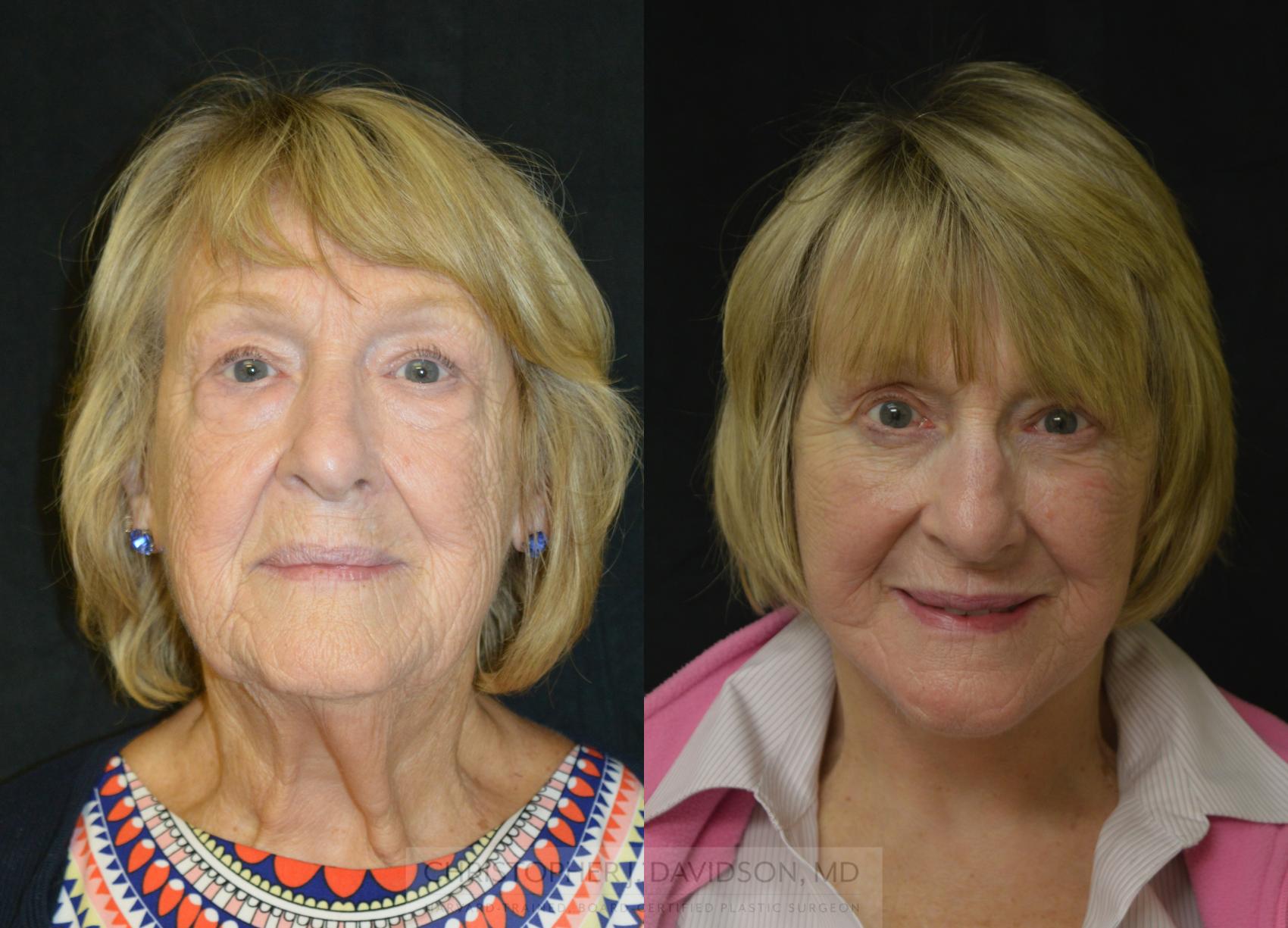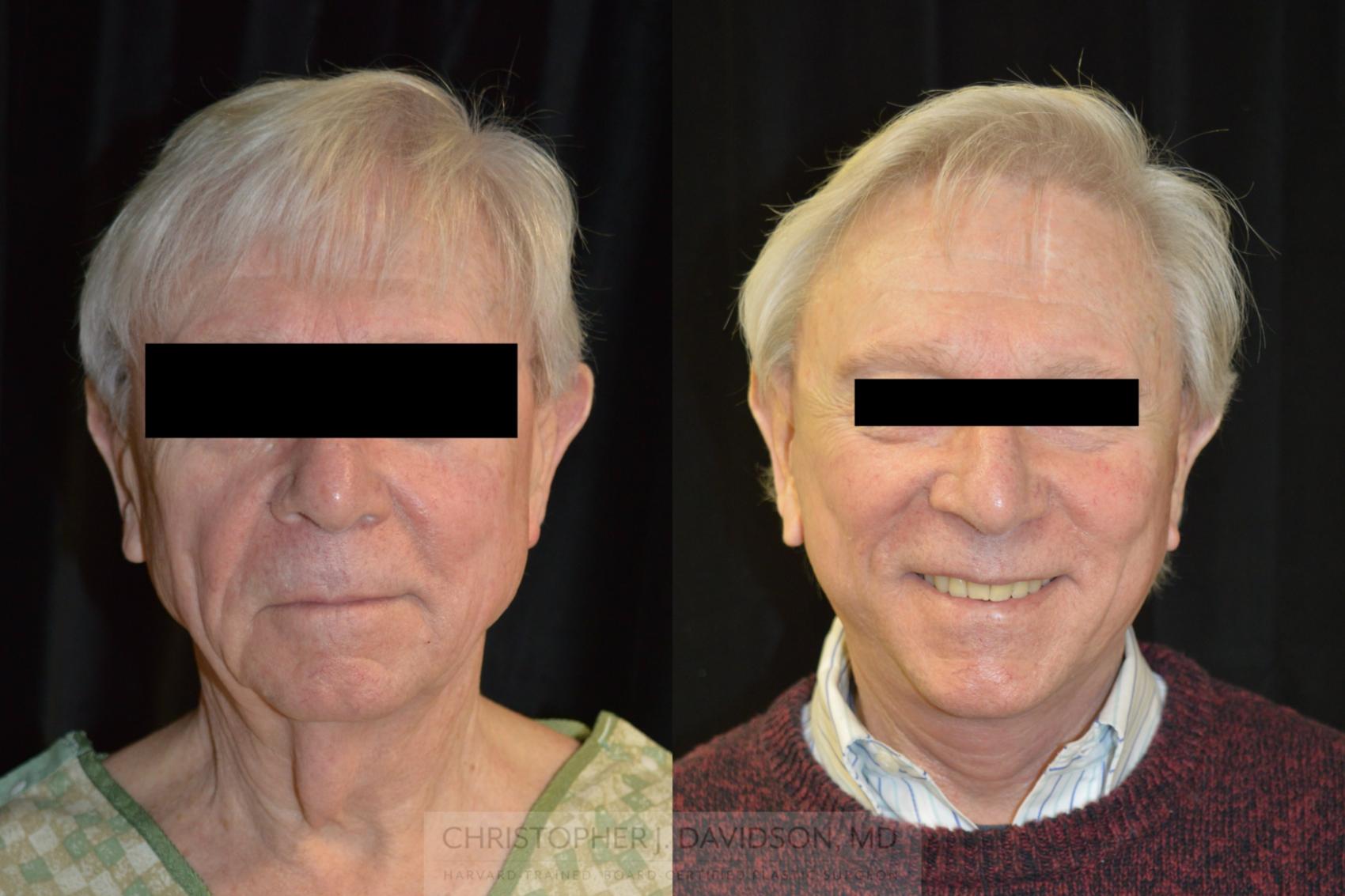Are you planning a facelift and wondering how to navigate the sunny summer season while still achieving optimal results? In this blog post, I’ll discuss facelift recovery during Boston’s summer months to make sure you can enjoy the warm weather while safeguarding your skin and maintaining beautiful results.
Avoid Sun Exposure in the First Weeks Following Surgery
It’s essential to be mindful of sun exposure as you recover from facelift surgery, especially during the summer. Your skin will be more sensitive post-surgery, making it susceptible to damage and potentially affecting the longevity of your facelift results.
Direct sun exposure may also negatively impact scar formation. The sun’s rays can cause the delicate facelift incision lines to become hyperpigmented during your recovery and result in dark scars.
For the first 3 weeks following your facelift, I recommend staying out of the sun altogether or wearing a hat to protect your face. To prevent irritation that could impede healing, you should wait to use sunscreen until your incisions are healed and don’t have any open areas or crusting.
Watch Out for Boston’s Summer Heat and Humidity
Boston’s summer heat and humidity can make the early days of facelift recovery more challenging. High temperatures can increase swelling and fluid retention, while humidity may make your skin sticky and irritated, especially around incision sites.
Excessive sweating can also raise the risk of infection, particularly if moisture gets trapped under bandages or compression garments. Even activities like walking along Newbury Street, catching a Red Sox game at Fenway, or dining outdoors in the North End can be uncomfortable during peak summer heat.
To stay comfortable, follow these recommendations:
- Keep cool
- Stay hydrated
- Avoid strenuous activities that can elevate heart rate and blood pressure, which may contribute to additional swelling
Instead, opt for indoor activities like visiting the Museum of Fine Arts or enjoying a breezy harbor cruise while you heal. Extra precautions such as using cold compresses and staying in air-conditioned environments may help minimize discomfort and support proper healing.
Apply Sunscreen Regularly Once Incisions Have Healed
About 3 weeks after your facelift surgery, you can use a broad-spectrum sunscreen with an SPF of 30 or higher. Apply the product generously to your face and neck before stepping outside, and reapply every 2 hours. For tips on selecting and using the right sunscreen, visit the American Academy of Dermatology.
Featured Facelift Results
Extend the Longevity of Your Facelift Results
Shielding your skin from the sun and heat helps preserve the beautiful outcome of your facelift in the long run. UV rays accelerate the breakdown of collagen and elastin, essential components that maintain your skin’s youthful firmness and elasticity. Safeguarding your skin from the sun’s damaging effects is especially important if you’re spending time on the Charles, boating in the Harbor, or playing on the beach, where the reflection from the water amplifies the sun’s intensity.
Protecting your skin helps prolong the results of your facelift, allowing you to enjoy a more radiant and rejuvenated appearance for years to come. In addition to using a high-SPF, broad-spectrum sunscreen daily, the following sun protection measures will protect your skin, prolong your results, and promote a lifetime of healthy skin:
- Limit sun exposure: Avoid direct exposure as much as possible, especially during the late morning and early to mid-afternoon when the sun’s rays are strongest.
- Wear protective clothing: Cover your face and neck with a wide-brimmed hat and wear clothing that provides additional coverage, such as long-sleeved shirts and lightweight, breathable fabrics.
- Wear sunglasses: Invest in high-quality sunglasses that offer UV protection to shield your eyes and the delicate skin around them from harmful rays.
- Seek shade: Find shaded areas like umbrellas or trees to minimize direct sun exposure outdoors.
By prioritizing sun protection throughout your facelift recovery and beyond, you can nurture your skin, optimize healing, and revel in a youthful and rejuvenated appearance no matter the season.
Use High-Quality, Medical-Grade Skincare Products
My practice recommends and offers the highly regarded Environ line of medical-grade skincare products. Developed by Dr. Des Fernandes, a leading plastic surgeon known worldwide, Environ’s skincare range harnesses the power of vitamin A to combat the effects of pollution and sun damage on your skin. Because they promote lasting results, using Environ’s products as part of your post-facelift routine can be incredibly beneficial.
Request a Consultation
For many of my patients, summer is the optimal time to recover from facelift surgery. Take the first step toward a radiant, revitalized appearance by scheduling a consultation today. If you’re interested in speaking with a Harvard-trained, board-certified plastic surgeon about your aesthetic goals, call our office today at (781) 237-7700 or request a consultation.






Leave a Reply